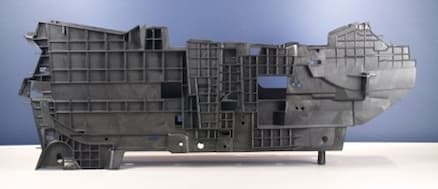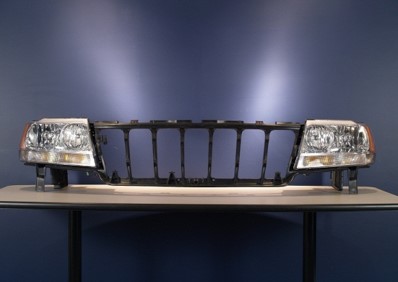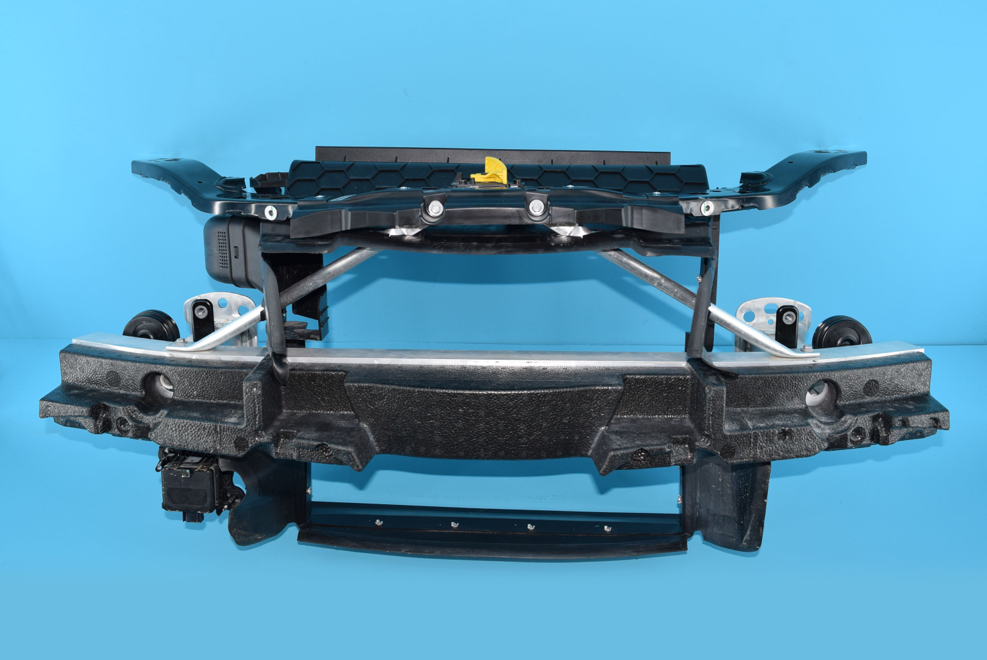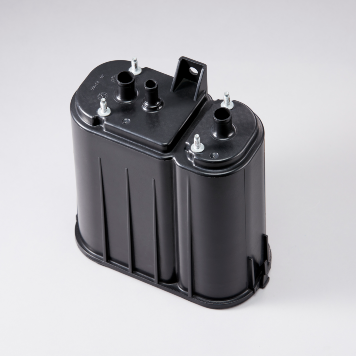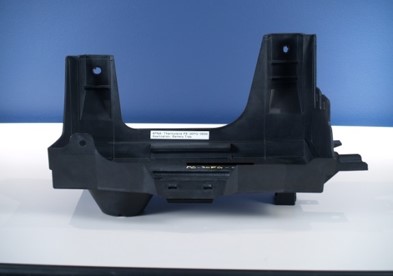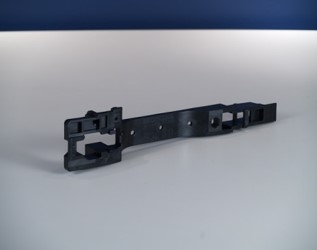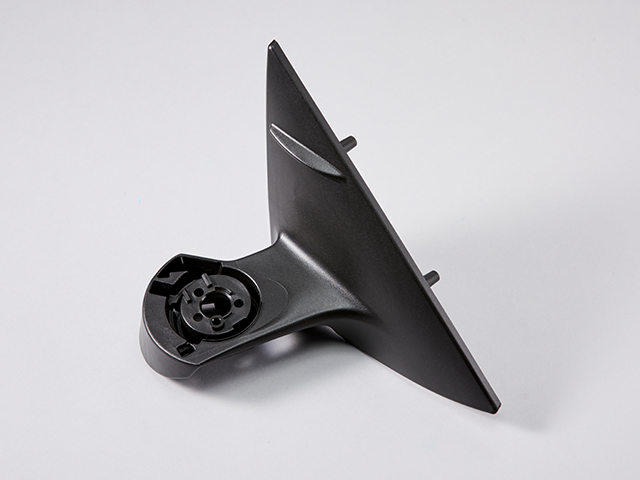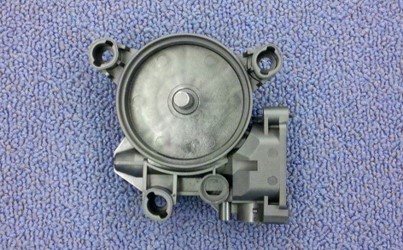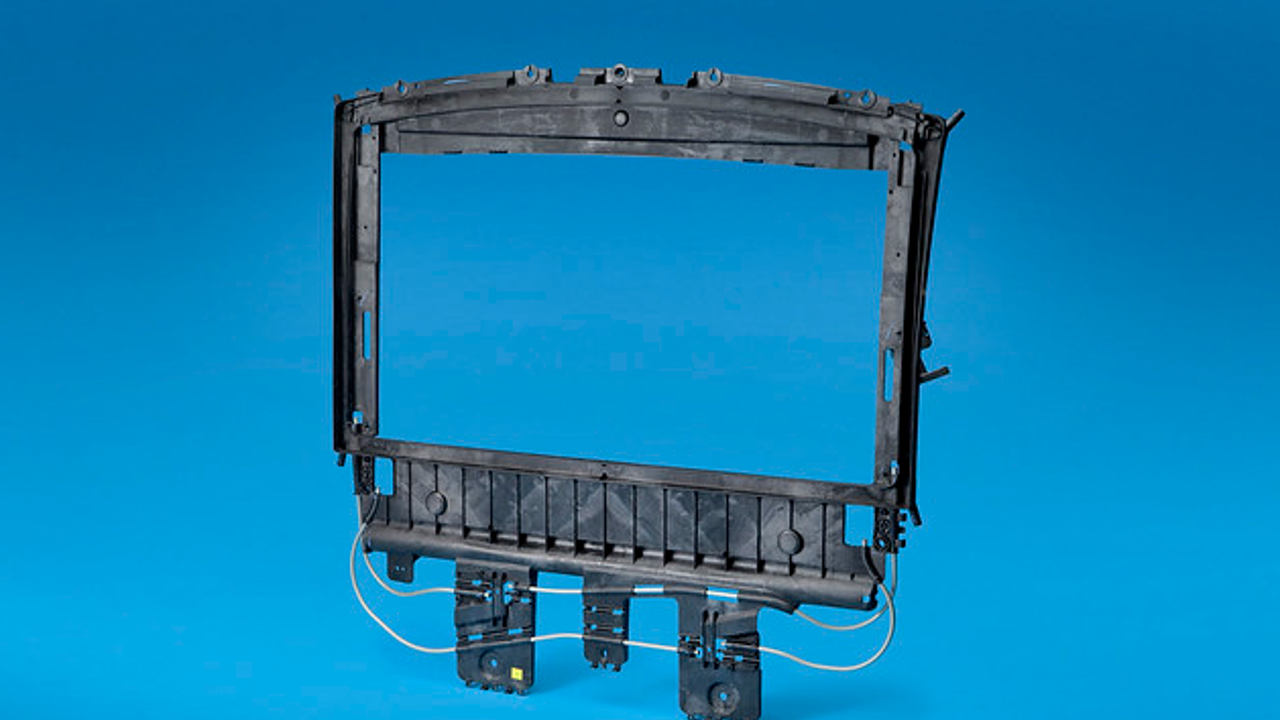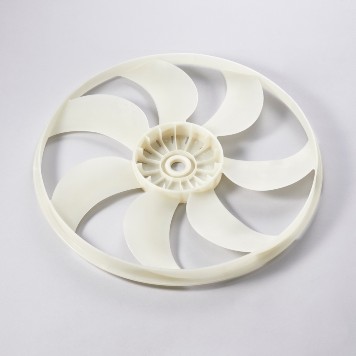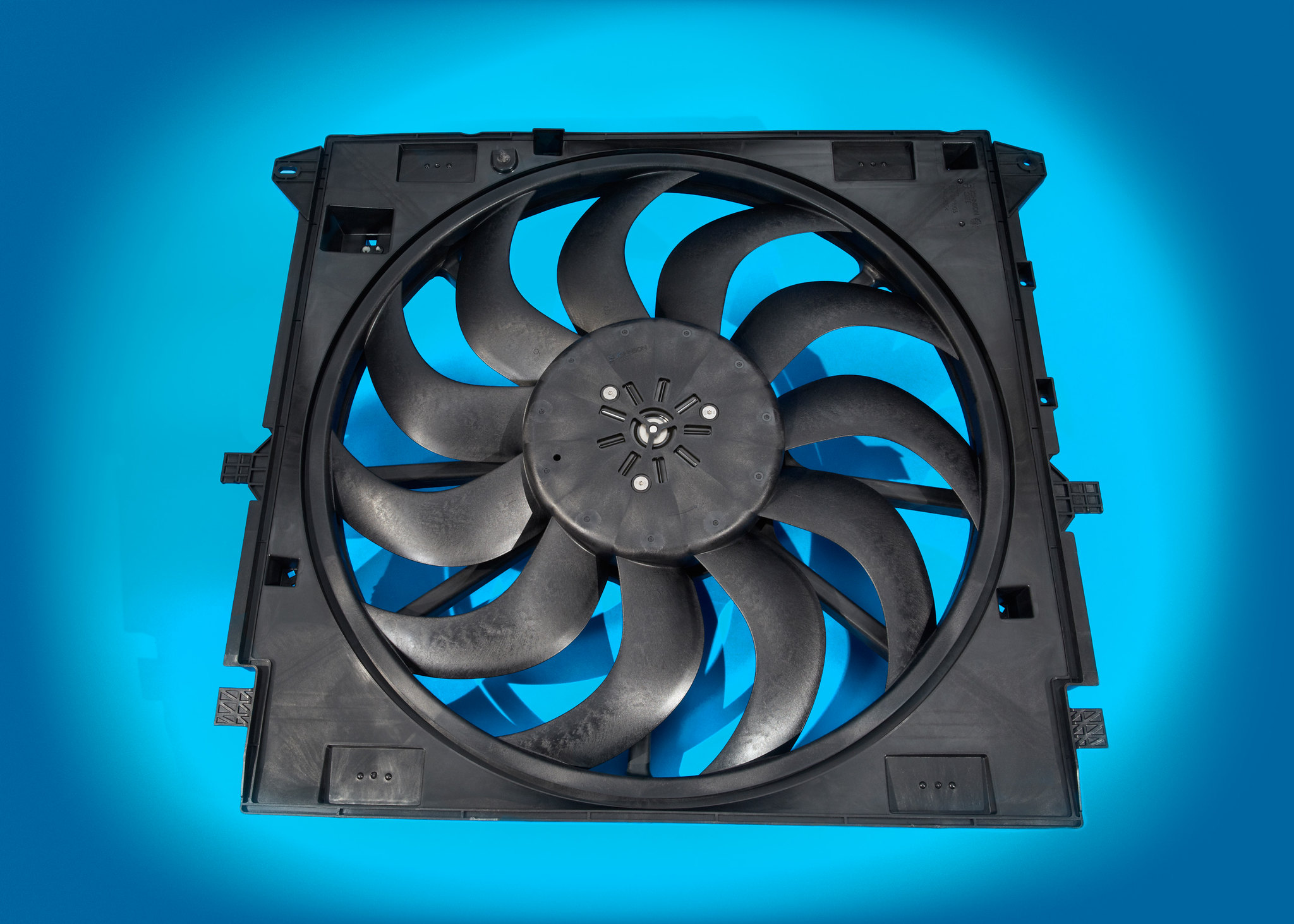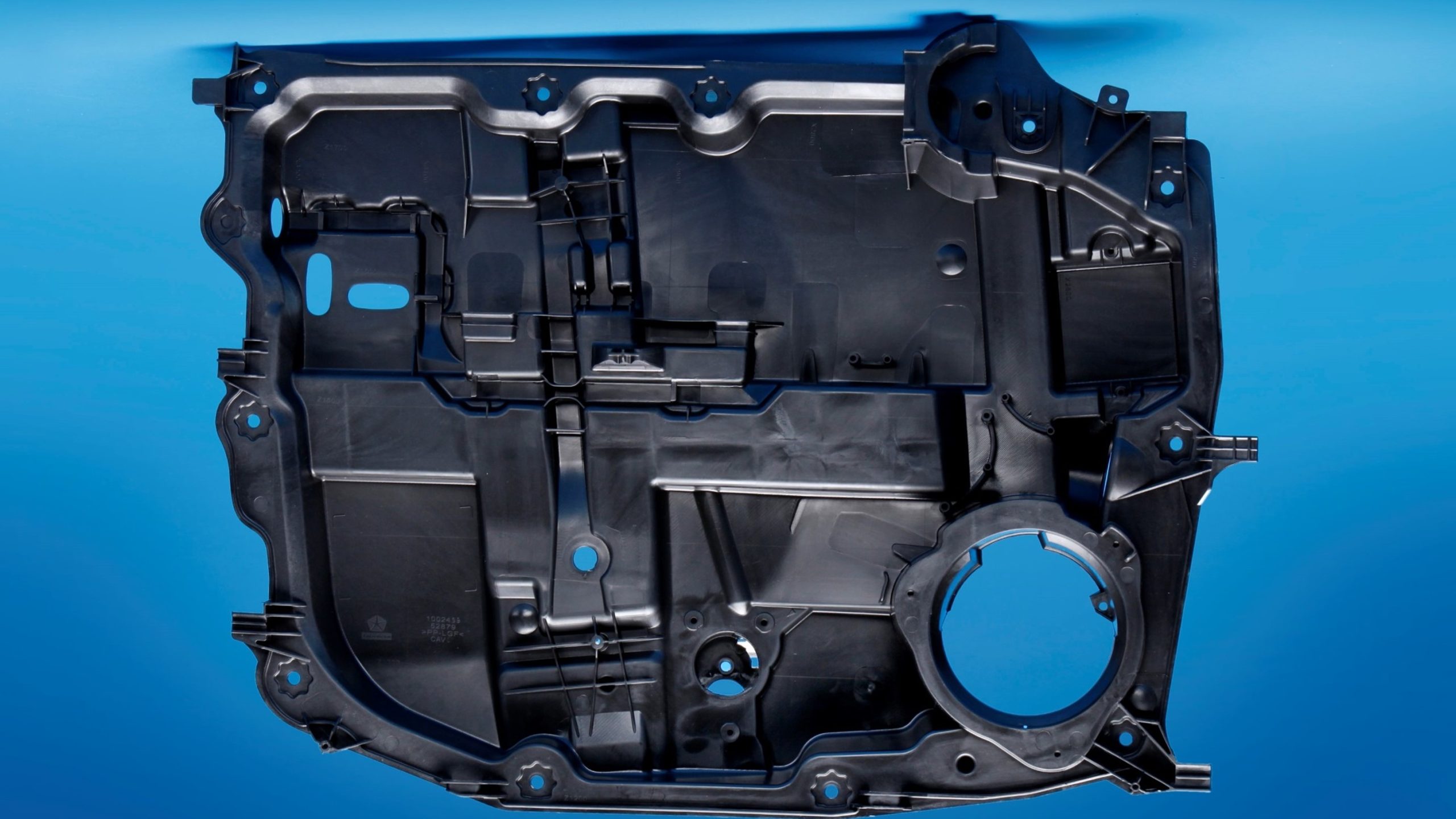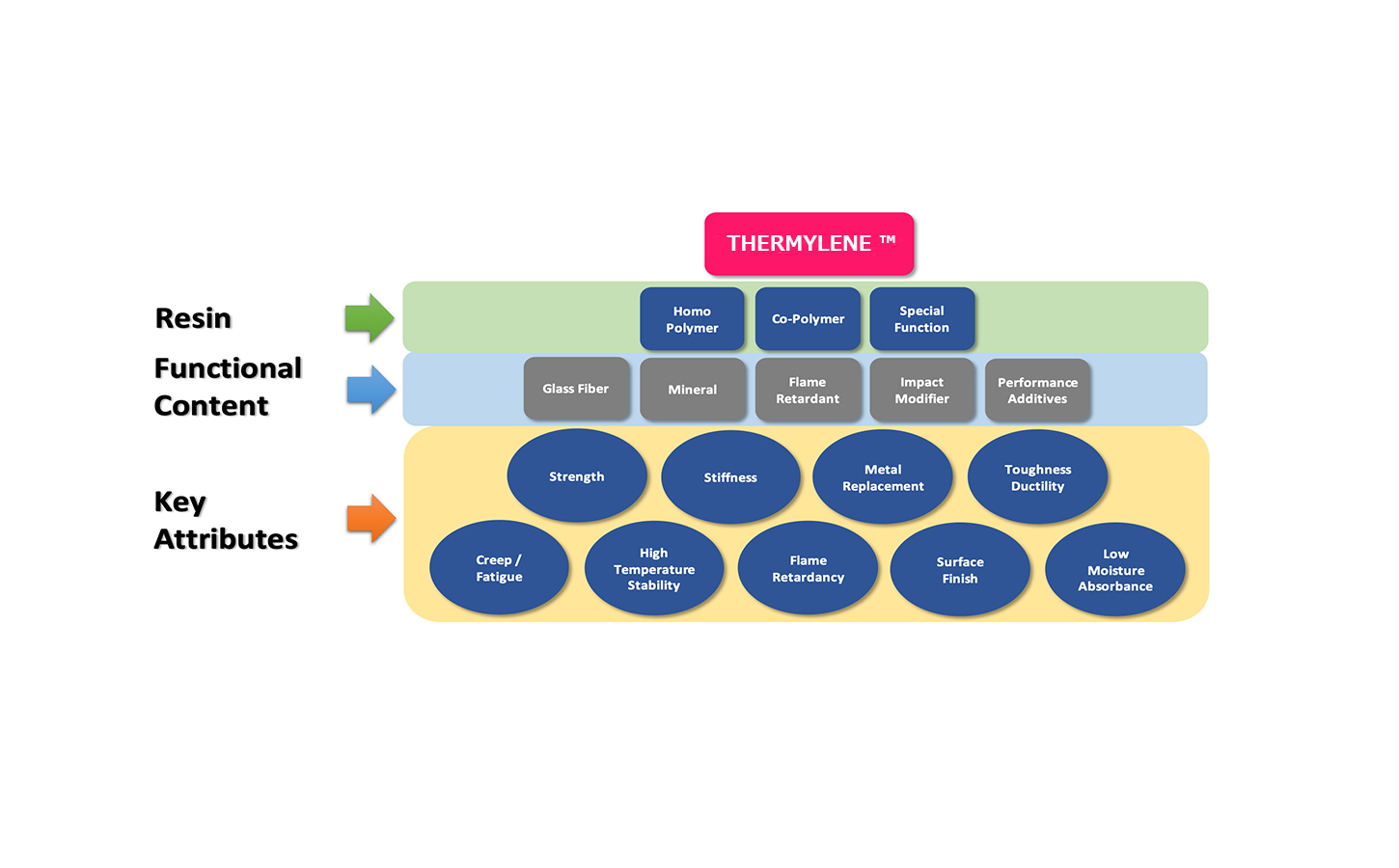What is THERMYLENE ™?
THERMYLENE ™ is PP compounds (PP+Reinforcement/Filler/Special additive) resins.
PP compounds resins are polypropylene compounds with reinforcement/filler/special additive
to enchance finish products propeties. PP compounds resins offer optimistically cost with varieties
of enhanced properties based on additive type.
What Is Glass-Reinforced Polypropylene?
Glass fiber (GF) is the most widely used reinforcement in polypropylene (PP)-based composites as it provides a valuable balance between costs and properties. Glass-fiber-reinforced polypropylene compounds (PPGF Plastic) deliver improved strength, structural rigidity and dimensional stability in applications.
The key performance in glass-reinforced polypropylene compounds is delivered by the efficacy of formulation design and polymer fiber interphase. THERMYLENE ™ products provide increased durability, strength and stiffness for critical structural components. Polypropylene compounds that are long glass fiber reinforced have significantly improved flexural modulus and tensile strength because of superior design and state-of-the-art production technologies applied by Asahi Kasei.
THERMYLENE ™ Glass-Reinforced Polypropylene feature the following attributes:
Feature 01 : Customization
Generally, most of the products are compounded with 5% or 10% glass fiber, but Thermylene can be adjusted in 1% increments, allowing you to select the grade that best suits your needs. In addition, even within the same grade with the same glass fiber content, Thermylene offers a variety of formulations for impact improvement, heat resistance, weather resistance, scratch resistance, low VOC, etc.
Feature 02 : Low specific gravity and light weight
Since polypropylene is the resin with the lowest specific gravity, it can achieve weight reduction compared to metals and engineering plastics. If a grade containing 35% glass fiber is used to maintain the same level of strength and rigidity as PA6-GF30% in a part of the same shape, a weight reduction of about 10% can be expected.
Feature 03 : High Modulus/Stiffness
It can contain up to 60% glass fiber. So it enables the selection of materials with strength and rigidity suitable for various applications such as mechanical parts of automobiles. Heat-resistant grades are also available to maintain physical properties even in high-temperature environments, making them suitable for internal engine compartment parts.
THERMYLENE ™ usage example:
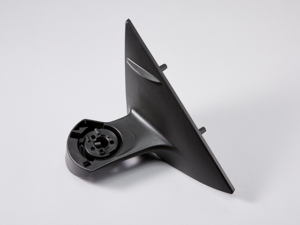
Usage example 01: Mirror Bracket
Properties including high modulus and stiffness make it a viable alternative to metals and engineering plastics. The stiffness of the material helps to support the mirror assembly, thus reducing mirror distortion.
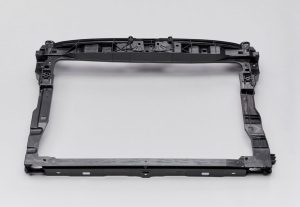
Usage example 02: Front End module
Even when the glass fiber content is increased to maintain strength and rigidity, the material has high flowability and thin wall characteristics, making it excellent for molding large products. The ability to maintain strength and rigidity even in high temperature environments makes it suitable for creep structure.

Usage example 03: Interior parts
SoFormTM, a PPGF haptic material, has improved scratch resistance properties with less color change when compared to TPO with 20% talc, enabling the molding of automobile interior parts with good appearance and less visible scratches. In addition, it has a soft feel that is not typical of glass-filled materials, eliminating the need for additional processing and reducing the number of processes
